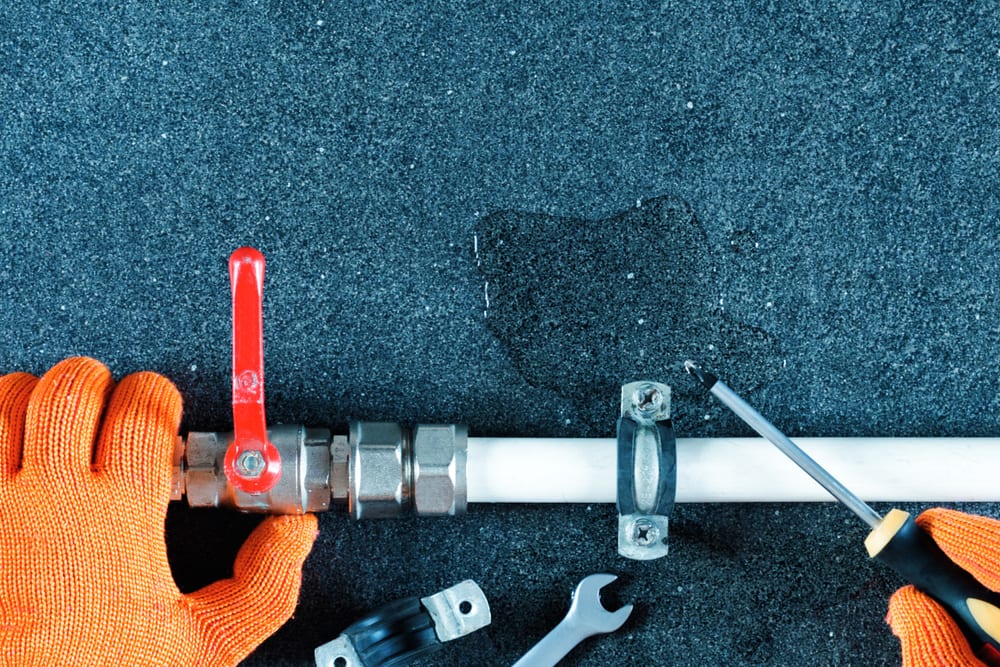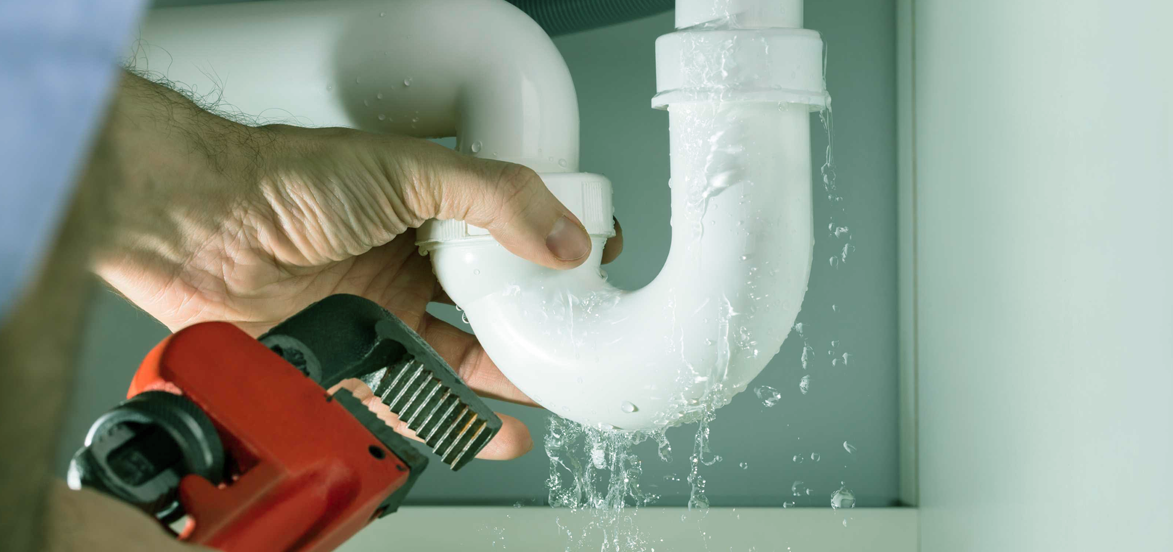Uncovering Hidden Water Line Leaks: 6 Smart Detection Hacks
Uncovering Hidden Water Line Leaks: 6 Smart Detection Hacks
Blog Article
We've stumbled on this article involving Finding hidden leaks below on the internet and felt it made good sense to write about it with you on my blog.

The moment you discover a leakage, calling your plumber for repair work is the very best solution. Some tiny water leakages might not be noticeable. If you can not spot it with your nude eyes, below are some hacks that help.
Early discovery of leaking water lines can mitigate a potential catastrophe. In addition to conserving you money, it will certainly lessen the irritation as well as stress.
Examine Water Usage
If you identify unexpected modifications, in spite of your usage being the same, it means that you have leaks in your plumbing system. An abrupt spike in your costs suggests a fast-moving leakage.
A constant increase every month, even with the exact same habits, reveals you have a slow leak that's also slowly intensifying. Call a plumber to extensively inspect your property, specifically if you feel a cozy area on your floor with piping underneath.
Evaluate and Evaluate the Circumstance
Home owners need to make it a routine to inspect under the sink counters and also inside closets for any kind of bad odor or mold growth. These two red flags show a leakage so prompt focus is called for. Doing routine examinations, even bi-annually, can save you from a significant issue.
Take A Look At the Water Meter
Checking it is a proven method that aids you find leaks. If it moves, that indicates a fast-moving leak. This suggests you might have a slow-moving leakage that might even be below ground.
Asses Outside Lines
Do not neglect to examine your exterior water lines also. Should water leak out of the connection, you have a loose rubber gasket. One little leakage can throw away lots of water as well as increase your water costs.
Do a Food Coloring Examination
When it comes to water intake, 30% comes from commodes. If the color somehow infiltrates your bowl during that time without flushing, there's a leakage between the storage tank as well as bowl.
Check for stainings and damaging as many pipelines and devices have a life span. If you think dripping water lines in your plumbing system, do not wait for it to intensify.
The minute you find a leak, calling your plumber for fixings is the finest remedy. Some tiny water leaks may not be noticeable. Inspecting it is a surefire method that helps you find leakages. One small leakage can squander lots of water and also spike your water expense.
If you believe dripping water lines in your plumbing system, do not wait for it to escalate.
The Dangers of Undetected Water Leaks
Mold
One of the most common results of undetected water leaks in your home is mold. Under the right conditions, mold can begin to grow and spread in just a day or two.
Moisture from water leaks combined with humidity and lack of ventilation allow mold spores to germinate and start spreading.
And while household mold doesn’t carry the same health risks as substances like asbestos, they can cause allergic reactions in people sensitive to them or with asthma.
Structural Damage
When water leaks occur in places we can’t see — above the ceiling, behind walls or beneath floors — they often have time to do some serious damage before making themselves known.
You might notice cracks or bubbles appear in your walls or a slow drip or water from the ceiling.
These are signs of water leaks and buildups in the structure of your home. If you don’t jump on these problems soon enough, the wood frame that supports your house could start rotting, leading to costly repairs and increasing the risk of disasters like ceiling or wall collapses.
Water Waste
According to the Alliance for Water Efficiency, the average home can lose anywhere from 2,000 to 20,000 gallons of water per year due to leaks.
High numbers like that might make you imagine a burst pipe spewing out water. But believe it or not, even a small, constant drip from a kitchen sink could add up to over a thousand gallons of wasted water in a single year.
And if you live in a place where you pay for every gallon of water you use, that adds up to a lot of dollars down the drain. So we understand leaks are bad. Let’s take a look at some of the common (and not-so- common) water leaks you might find around your home.
Flush Valve Flapper
The flush valve flapper is a rubber flap that sits above the flush valve at the bottom of the tank. It’s attached to the flusher with a chain. Over time, it can get worn out and lose its seal, causing an endless flow of water into the toilet bowl.
These leaks are hard to detect since they’re usually silent, but there’s a little insider trick you can use with just a little dye or food coloring:
Put a few drops in the toilet tank. Check the water in your toilet bowl 15 minutes later. If any of the color made it into the toilet bowl, you’ll know what the culprit is.
Fill Valve
The fill valve is what replenishes your toilet’s tank water after you flush. If you’ve ever looked inside your toilet tank and seen water gushing out of an upright plastic valve, that’s a faulty fill valve.
https://meetflo.com/blogs/flo/how-to-find-and-repair-water-leaks-a-comprehensive-guide

We are very focused on Locating water leaks and I'm hoping you liked my entry. Do you know about someone else who is very much interested in Leaking water lines? Be sure promote it. I am grateful for your time. Kindly check up our site back soon.
Reliable help, dial now. Report this page